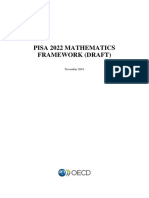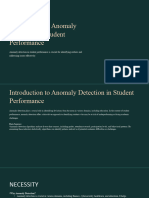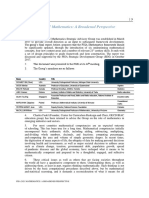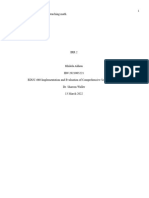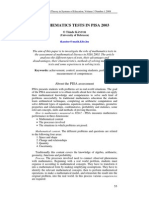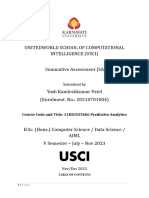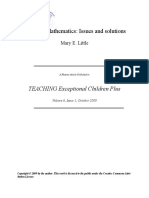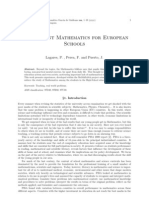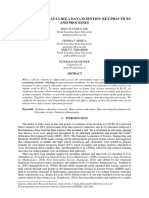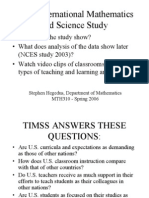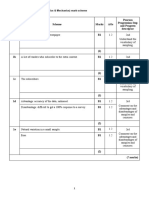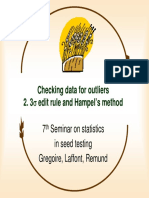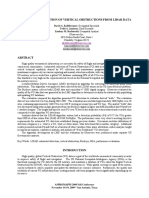0% found this document useful (0 votes)
16 views13 pagesSlide 1
This thesis project by Utku Alperen aims to utilize machine learning anomaly detection algorithms to identify students who perform unexpectedly high or low in the PISA 2022 mathematics assessment. The research focuses on understanding the characteristics of these outliers and their implications for educational policy and practice. The presentation outlines the project's motivation, methodology, and the significance of mathematical literacy in relation to socioeconomic factors and educational outcomes.
Uploaded by
gamedark01Copyright
© © All Rights Reserved
We take content rights seriously. If you suspect this is your content, claim it here.
Available Formats
Download as DOCX, PDF, TXT or read online on Scribd
0% found this document useful (0 votes)
16 views13 pagesSlide 1
This thesis project by Utku Alperen aims to utilize machine learning anomaly detection algorithms to identify students who perform unexpectedly high or low in the PISA 2022 mathematics assessment. The research focuses on understanding the characteristics of these outliers and their implications for educational policy and practice. The presentation outlines the project's motivation, methodology, and the significance of mathematical literacy in relation to socioeconomic factors and educational outcomes.
Uploaded by
gamedark01Copyright
© © All Rights Reserved
We take content rights seriously. If you suspect this is your content, claim it here.
Available Formats
Download as DOCX, PDF, TXT or read online on Scribd
/ 13





